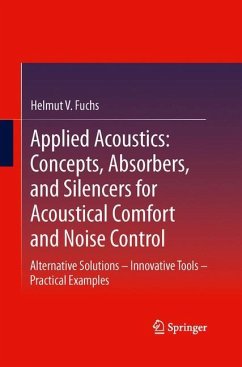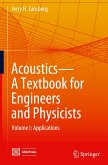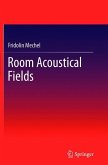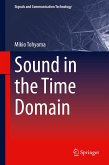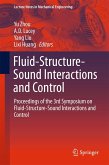The author gives a comprehensive overview of materials and components for noise control and acoustical comfort. Sound absorbers must meet acoustical and architectural requirements, which fibrous or porous material alone can meet. Basics and applications are demonstrated, with representative examples for spatial acoustics, free-field test facilities and canal linings. Acoustic engineers and construction professionals will find some new basic concepts and tools for developments in order to improve acoustical comfort. Interference absorbers, active resonators and micro-perforated absorbers of different materials and designs complete the list of applications.
From the reviews:
"This book is a valuable and practical reference for experienced professionals working in the fields of architectural acoustics and noise control. ... this is a long needed reference that goes well beyond handbooks that are merely a summary of equations, lacking examples and practical application of the theory. Thus, it is highly recommended." (Daniel J. Kato, Noise Control Engineering Journal, Vol. 62 (1), January-February, 2014)
"This book is a valuable and practical reference for experienced professionals working in the fields of architectural acoustics and noise control. ... this is a long needed reference that goes well beyond handbooks that are merely a summary of equations, lacking examples and practical application of the theory. Thus, it is highly recommended." (Daniel J. Kato, Noise Control Engineering Journal, Vol. 62 (1), January-February, 2014)

